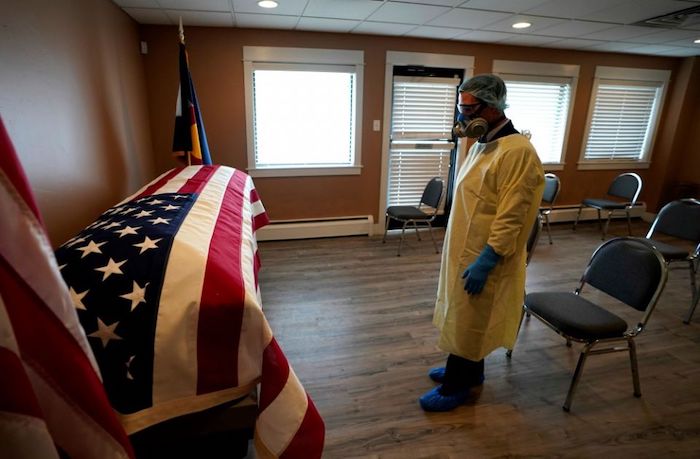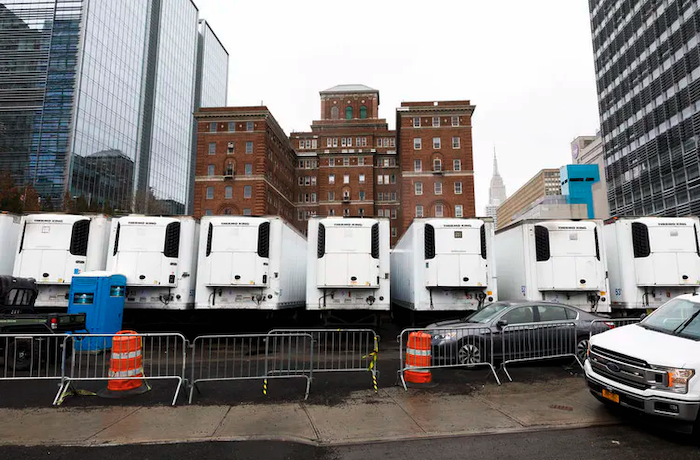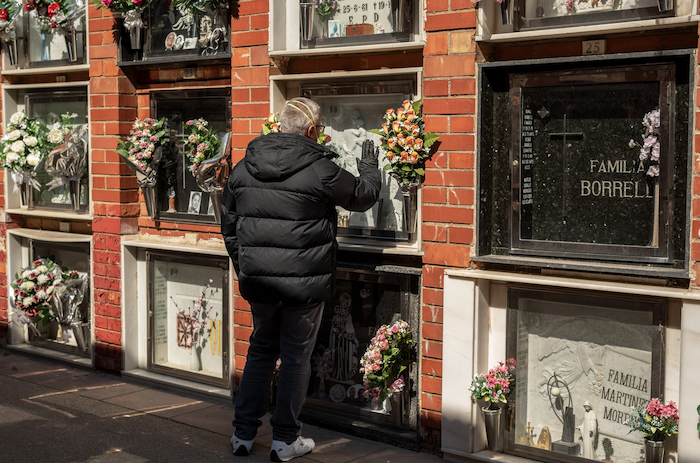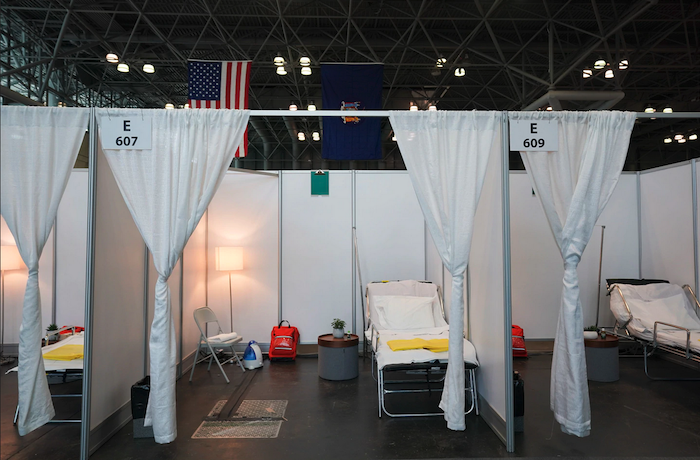Pandemic Makes Question All Too Real
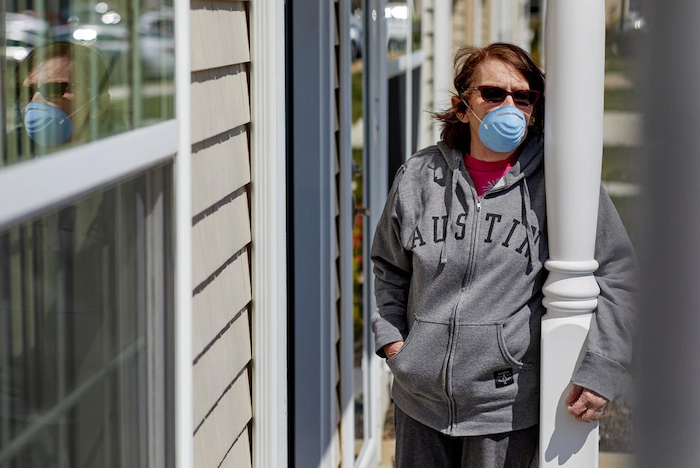
Sobering statistics for older patients sharpen the need to draw up advanced directives for treatment and share them with their families.
Earlier this month, Cheryl Goldman, a retired high school teacher living on Long Island, called her son, Edo Banach, in Maryland. It seemed a routine chat until Ms. Goldman announced that if she became ill with Covid-19, she would decline a ventilator.
“I’m her health care proxy,” said Mr. Banach, who happens to be the president of the National Hospice and Palliative Care Organization. “Her perspective was, what’s the point? In all likelihood it’s not going to help, and she’d be taking a vent away from someone else.”
At 69, Ms. Goldman has emphysema and already relies on supplemental oxygen. She told me that she’d been following the news, including the grim statistics for older adults with chronic illnesses who require ventilators during extended stays in intensive care.
In such cases, “the number who leave the hospital is low, and it’s lower for someone with health problems like me,” she said. She also feared being separated from her family during a hospitalization and wanted, instead, to remain at home with hospice care. “It’s a pragmatic decision.”
Mr. Banach, leading the response of about a thousand hospices nationwide that are facing heightened demand and bracing for worse, appreciated her forthrightness. “It’s the kind of conversation everyone should be having with their loved ones,” he said.
In the best of times, it can be tough to get Americans to discuss and document their end-of-life wishes. Depending on the study, a third to two-thirds of adults haven’t drafted advance directives, the documents that outline which medical treatments they would accept or refuse and designate a decision maker to act on their behalf if they’re incapacitated.
“People think, I’ll deal with it in the future,” Mr. Banach said. But for thousands of older adults, the future may have arrived.
To date, there’s no clear evidence that older people are more apt to contract the new coronavirus, said Dr. Douglas White, a critical care specialist and the director of the Program on Ethics and Decision Making at the University of Pittsburgh School of Medicine.
“What we do know is that older individuals are more likely to experience very severe disease if they do become infected,” he said. “The data are sobering.”
That’s partly because most older adults have chronic conditions — heart or lung disease, diabetes, high blood pressure — known to intensify the virus’s effects. And they have less physiologic reserve — “less ability to rebound from an overwhelming illness,” Dr. White explained.
When seniors and their families engage in what’s called advance-care planning, they often focus on the D.N.R. question — whether patients would want to be resuscitated after cardiac arrest.
But because Covid-19 is a respiratory disease, the more pressing question will likely be whether a hospitalized patient who’s seriously ill will accept intubation and ventilation.
That initially involves a tube inserted down the throat, connected to a ventilator that pushes air into the lungs. When a patient has spent two weeks on a vent, doctors commonly perform a tracheostomy, creating a surgical opening in the windpipe that replaces the swallowed tube.
Long before the virus erupted, among people over 66 who spent 14 days in an I.C.U. on a ventilator, 40 percent died within a year of discharge. Now, “those numbers are too rosy for Covid,” Dr. White said, citing findings from Italy and Britain, where more than half of older patients on prolonged ventilation died.
A just-published JAMA article looked at coronavirus patients admitted to Northwell Health hospitals in and around New York City. Excluding those still hospitalized after the monthlong study, the mortality rate among patients over age 65 exceeded 26 percent, and almost all patients over 65 who needed mechanical ventilation during that period died.
That data can prompt frank exchanges. “If a patient is elderly and has significant medical issues, I’ll explain that a large proportion of people who become ill with Covid-19 and need a ventilator unfortunately will not survive,” said Dr. Kosha Thakore, the director of palliative care at Newton-Wellesley Hospital in Massachusetts.
Moreover, longevity is not the only priority, and sometimes not the primary one, for older people considering medical options. What will life look like if they do survive?
“After elderly people have been on a ventilator, they’ve often already developed physical debilitation, difficulty swallowing, bedsores,” Dr. Thakore explained. They frequently cycle in and out of hospitals with complications. Their deficits can be physical or cognitive or both, and are often permanent.
Even pre-Covid, after 14 days on a ventilator in an I.C.U., only about one in five older discharged patients went home. “The others end up in nursing homes,” Mr. Banach said. “Some may later go home, and some will die in the nursing home.”
Though older adults with Covid-19 may not require hospitalization or ventilation, the decisions they face if they do highlight the importance of reviewing advance directives.
A new study in JAMA Internal Medicine questioned 180 patients over age 60 with serious illnesses; most said they would trade a year of life if that meant they could avoid dying in an I.C.U. on life support.
But that kind of aggressive care is exactly what they might receive. “If you don’t let the system know your wishes, the system takes over,” Mr. Banach pointed out. Family members can feel lingering trauma if they’re forced to make life-or-death decisions for loved ones who never discussed what they wanted.
“Many older patients we’ve encountered with Covid-19 have opted not to undergo ventilation and an I.C.U.,” Dr. White said. “No one should impose that on a patient, though if there’s true scarcity, that may arise. But patients might choose it for themselves.”
If older people have paperwork stashed in a drawer or safe, now is the time to unearth it and see if their instructions still reflect their values. If so, scan the document and send it to family members and doctors, Mr. Banach advised.
But for those who never got around to drawing up advance directives, appointing a decision maker — and telling that person what’s acceptable and what’s not — is ultimately more crucial. In emergencies, doctors probably won’t flip through documents to learn patients’ wishes; they’ll ask family or friends.
Mr. Banach’s counsel: “Take out your phone and do a video selfie: ‘This is who I am. This is the date. This is what I want.’ Send it to your friends and relatives. That’s enough.”
Many hospitals and health systems have developed workarounds when documents require signatures or witnesses; some are also doing palliative-care visits via telemedicine.
Dr. Gregg VandeKieft, a palliative care specialist with Providence Health on the West Coast, recently spent half an hour on Zoom talking with a patient’s sons about her end-of-life care. Dr. VandeKieft and a nurse were in Olympia, Wash.; one son was in Alaska and two elsewhere in Washington. “It felt not all that different than if we’d been in the same room,” Dr. VandeKieft said.
The coronavirus pandemic may spur more such conversations. In Los Angeles recently, Brie Loskota and her husband contacted close family friends, a couple in their 70s, asking about their well-being, offering to FaceTime, and then inquired: “If you got sick, is there anything we should know?”
The older couple, one of whom has a neurodegenerative disease and has already experienced mechanical ventilation, responded that they both wanted to avoid hospitalization and to die at home.
“It was a relief to be told,” said Ms. Loskota. “It’s not less heartbreaking, but it lets us make a decision with them in mind. It led my husband and me to talk about it for ourselves.” They’re in their 40s and have not yet drafted advance directives.
Complete Article ↪HERE↩!

